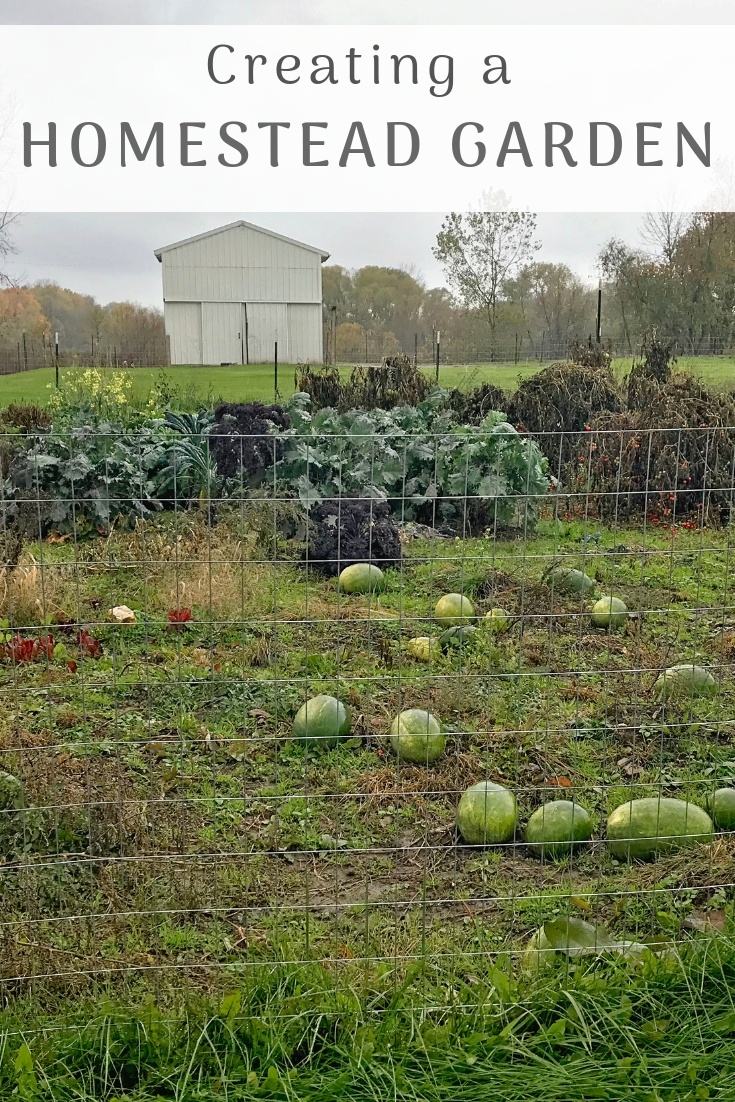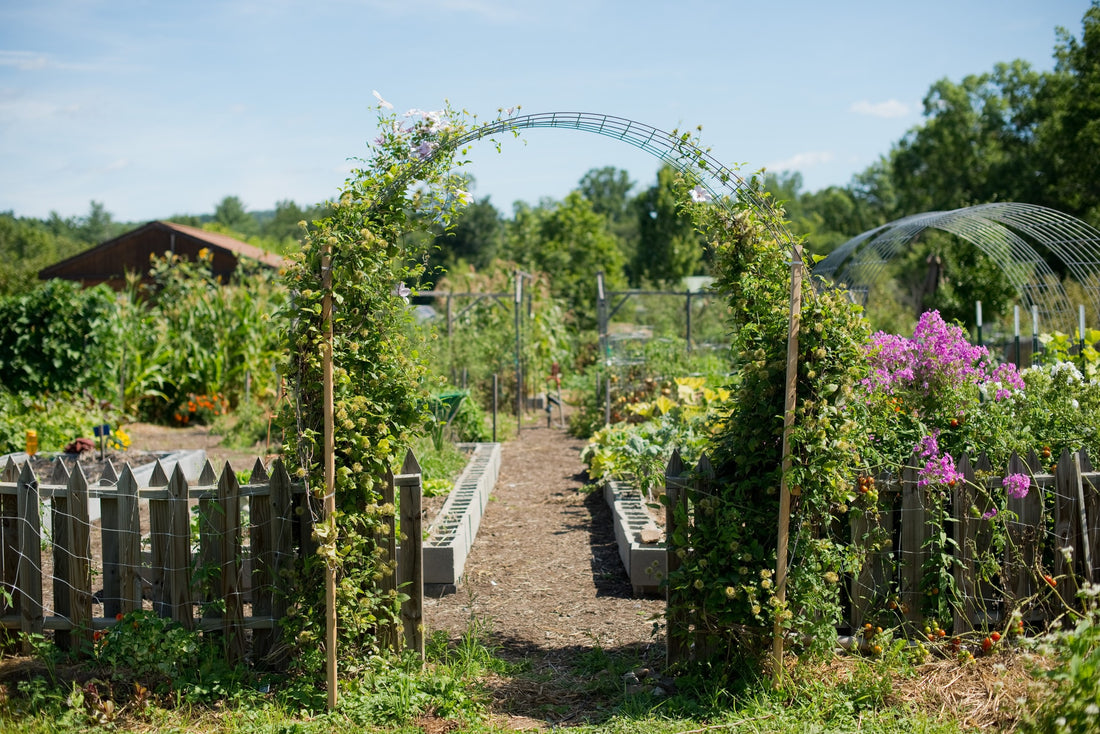Beginner-Friendly Approaches for Homestead Gardening Effort
Beginner-Friendly Approaches for Homestead Gardening Effort
Blog Article
Discover Important Tips for Effective Gardening Techniques and Practices
By focusing on vital aspects such as dirt health, efficient sprinkling techniques, and proper plant selection, garden enthusiasts can develop a thriving environment that supports vivid development. Many enthusiasts overlook critical information that can make or damage their horticulture success-- discovering these overlooked facets may expose the trick to growing a flourishing garden.
Comprehending Soil Health
Dirt health is an essential aspect of successful horticulture, as it directly affects plant growth, vitamins and mineral availability, and environment equilibrium. Healthy dirt is identified by an abundant biodiversity of microorganisms, natural matter, and a balanced pH degree, which with each other create an environment favorable to plant advancement.
To comprehend soil health, one have to consider its physical, chemical, and organic buildings. The structure and framework of soil influence its capacity to keep moisture and nutrients, while the chemical structure identifies the accessibility of important components like phosphorus, potassium, and nitrogen. Regular dirt screening is vital to analyze these elements, permitting gardeners to make enlightened decisions regarding modifications and fertilizers.
Furthermore, promoting biological task within the soil is important for preserving its health and wellness. Practices such as composting, plant turning, and using cover crops can enhance microbial diversity, improve nutrient cycling, and reduce soil erosion. By prioritizing soil health and wellness, garden enthusiasts not only enhance plant development yet likewise add to a sustainable community, guaranteeing that their gardening methods are resistant and ecologically accountable over time.
Reliable Sprinkling Strategies
Making sure that plants receive the ideal amount of water is important for their health and wellness and growth, particularly when combined with a solid foundation of dirt wellness (Homestead Gardening). Reliable sprinkling methods can considerably affect plant vitality, decreasing water wastefulness and promoting optimal growth
One basic approach is deep watering, which urges origins to expand deeper into the soil, improving drought resistance. This technique normally entails sprinkling less frequently but in bigger quantities, enabling dampness to pass through the origin area thoroughly. Timing is also essential; early morning is the optimal time to water, as it minimizes dissipation and enables vegetation to dry throughout the day, decreasing disease dangers.
In addition, using mulch can help keep soil wetness and manage temperature, more aiding efficient sprinkling practices. Making use of a drip watering system can likewise supply targeted wetness directly to the origins, guaranteeing that water gets to where it's most required while saving resources.
Monitoring rains and soil dampness degrees can guide adjustments in your watering routine, making sure plants get constant hydration without over-saturation. By adopting these effective watering techniques, gardeners can cultivate a growing setting for their plants to flourish.
Plant Selection and Placement
How can the ideal plant choice and calculated positioning transform a yard right into a prospering environment? The harmony between plant ranges and their placement is critical for producing a vivid garden. When picking plants, consider elements such as climate, soil type, and sunlight exposure. Native species are typically the very best option as they are adjusted to regional conditions and need much less maintenance.
Strategic placement includes setting up plants according to their growth practices and needs. Taller plants ought to be positioned at the rear of boundaries to stop shading much shorter plants. Furthermore, organizing plants with comparable water and light requirements can enhance their development and reduce competitors for resources.
Including a variety of plants not just adds visual allure yet likewise advertises biodiversity, attracting helpful insects and pollinators. Take into consideration the seasonal changes in your yard; select a mix of evergreens, perennials, and annuals to ensure year-round passion.
Finally, bear in mind to analyze the mature size of plants before growing to stay clear of overcrowding and make sure sufficient air blood circulation. Thoughtful plant selection and calculated positioning develop a harmonious environment, permitting your garden to thrive while decreasing obstacles.
Bug and Condition Monitoring
Efficient parasite and illness management is essential for preserving a healthy garden environment - Homestead Gardening. An aggressive approach, combining cultural, biological, and chemical methods, can considerably reduce the effect of insects and illness on your plants

Biological controls, such as presenting advantageous bugs like ladybugs or predacious termites, can keep insect populations in check without damaging the setting. Additionally, maintaining plant wellness with appropriate watering, fertilizing, and pruning will certainly bolster their resilience versus diseases.
When treatment is needed, go with targeted chemical therapies, making certain to follow application standards to reduce damage to non-target microorganisms. Constantly focus on sustainable methods, as they advertise lasting garden health and eco-friendly balance. By incorporating these approaches, garden enthusiasts can efficiently take care of parasites and diseases, making certain flourishing plants and an efficient garden.

Seasonal Maintenance Practices
In spring, emphasis on soil prep work by screening pH levels and including essential amendments. Regularly evaluate emerging plants for conditions and insects.
As summer season methods, make certain appropriate irrigation while monitoring for indications of anxiety or disease. Trim back disordered plants to motivate air blood circulation and minimize moisture around foliage. This practice not just improves plant wellness yet also advertises blooming and fruiting.
With the arrival look here of autumn, it's time to plan for wintertime. Tidy up fallen leaves and particles to stop bug problems, and take into consideration planting cover crops to improve soil wellness. This season is additionally excellent for splitting perennials and planting spring-flowering bulbs.
Conclusion
Successful gardening hinges on the assimilation of sound methods in dirt wellness, watering, plant option, insect administration, and seasonal maintenance. By prioritizing dirt testing and microbial diversity, employing effective watering techniques, and selecting appropriate plants, garden enthusiasts can create thriving communities.
By focusing on vital elements such as dirt wellness, efficient watering methods, and ideal plant selection, gardeners can create a flourishing community that sustains lively development. By focusing on dirt health and wellness, garden enthusiasts not just enhance plant growth however also add to a sustainable ecological community, making sure that their horticulture practices are durable and ecologically accountable over time.
Taller plants must be positioned at the back of borders to prevent shading much shorter plants. Clean up dropped leaves and particles to avoid pest problems, and consider planting cover plants to enhance soil health.Effective gardening hinges on the assimilation of sound methods in soil health, watering, plant selection, insect administration, and seasonal maintenance.
Report this page